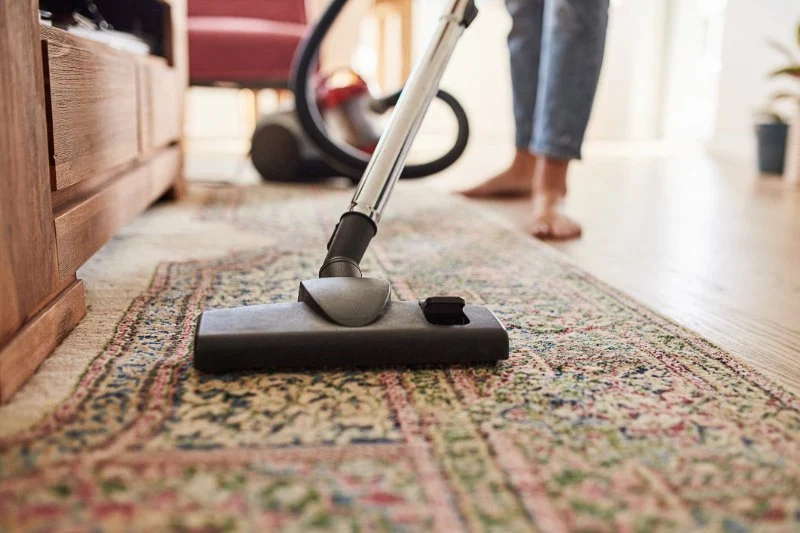
- Understanding Carpet and Allergies
- How Carpet Helps Reduce Allergens
- Choosing the Right Carpet for Allergy Relief
- Maintaining a Carpeted Home to Reduce Allergies
- Real-Life Examples and Benefits
Understanding Carpet and Allergies
When it comes to managing allergies in the home, the first thought is often to eliminate carpets and opt for hardwood or tile flooring. However, research shows that carpet can actually offer surprising benefits for those suffering from allergies. Understanding how carpet interacts with allergens is key to creating a healthier living space.
Carpet has the ability to trap dust, pet dander, and other airborne particles, which prevents them from circulating in the air. This can actually reduce the number of allergens floating around and help maintain better indoor air quality. However, to reap the full benefits, it’s essential to choose the right type of carpet and maintain it properly.
How Carpet Helps Reduce Allergens
One of the main benefits of carpet in a home with allergies is its ability to capture and trap allergens. Here’s how it works:

Consolidated Flooring & Mattress
BethlehemLehigh CountyPennsylvania
403 W Union Blvd, Bethlehem, PA 18018, USA
1. Capturing Dust and Dander
Carpets act as filters for the air in your home. They trap dust, pet dander, and pollen within their fibers, preventing these particles from floating around and being inhaled. By doing so, carpets can reduce the presence of airborne allergens, which are often the main triggers for allergy sufferers.
2. Improving Indoor Air Quality
In addition to trapping allergens, carpet can actually improve indoor air quality. By keeping allergens locked in the fibers, they remain out of your breathing zone, which can reduce symptoms like sneezing, coughing, and itchy eyes. The key is to regularly clean and vacuum the carpet to ensure it continues to capture allergens effectively.
3. Carpet’s Ability to Absorb Moisture
Carpet can also help control the humidity in your home. It has moisture-absorbing properties, which can prevent the growth of mold and mildew—common allergens. In a home where humidity is a concern, carpet can act as a safeguard against these types of allergens, creating a healthier environment for those with respiratory issues.
Choosing the Right Carpet for Allergy Relief
Not all carpets are created equal when it comes to allergy management. Choosing the right type of carpet is crucial to making sure that it helps, rather than exacerbates, allergy symptoms. Here’s what to look for:
1. Low-Pile Carpets
Low-pile carpets have shorter fibers, which makes them less likely to trap allergens. These types of carpets are easier to clean and vacuum, reducing the amount of dust and dander that can accumulate. Low-pile carpets are a great option for allergy sufferers who want to enjoy the benefits of carpet while keeping allergens at bay.
2. Hypoallergenic Materials
Look for carpets made from hypoallergenic materials such as nylon, polyester, or wool. These materials are less likely to harbor allergens and are easier to clean. Some carpets also come with a protective coating that helps resist dust and dirt buildup, further reducing allergy triggers in the home.
3. Antimicrobial Treatments
Many modern carpets come with antimicrobial treatments that can prevent the growth of bacteria, mold, and mildew. These treatments are especially beneficial in homes with allergies, as they reduce the potential for allergens to thrive in the fibers. Be sure to choose a carpet that is specifically treated for allergy control.
Maintaining a Carpeted Home to Reduce Allergies
Once you’ve chosen the right carpet, regular maintenance is essential to ensure that it remains allergy-friendly. Here are some tips to help maintain a carpeted home for those with allergies:
1. Vacuum Regularly
Regular vacuuming is key to removing dust, dirt, and allergens trapped in the carpet. It’s important to use a vacuum cleaner with a HEPA filter, as this will trap the smallest particles and prevent them from being released back into the air. Aim to vacuum your carpets at least once a week, or more frequently if you have pets or live in a particularly dusty area.
2. Deep Clean Every 6-12 Months
Deep cleaning your carpets at least once a year will help remove any allergens that have accumulated deep within the fibers. Professional carpet cleaning services use methods like steam cleaning to sanitize and remove deeply embedded allergens, making it a worthwhile investment for allergy sufferers.
3. Control Humidity
As mentioned earlier, carpet can absorb moisture, which can contribute to mold growth in humid environments. To keep your carpet allergy-friendly, it’s important to control the humidity in your home. Use a dehumidifier if necessary, and ensure proper ventilation in areas prone to moisture, such as bathrooms and kitchens.
Real-Life Examples and Benefits
Many allergy sufferers have found that switching to carpet has made a noticeable difference in their symptoms. For example, Sarah, a mother of two with a history of asthma, found that replacing her hardwood floors with low-pile, hypoallergenic carpet reduced her children’s allergy flare-ups. Her home is now more comfortable, with less dust in the air, and her children can breathe easier.
Another example is John, a pet owner who had constant issues with pet dander triggering his allergies. After installing a carpet made from antimicrobial materials and cleaning it regularly, he noticed a significant reduction in his allergy symptoms. By trapping the pet dander in the carpet fibers, he was able to keep his home free of allergens without resorting to harsh chemicals or eliminating his pets.
These real-life examples show that, with the right carpet and maintenance, it is possible to improve indoor air quality and reduce allergens, providing allergy relief in a home with carpet.



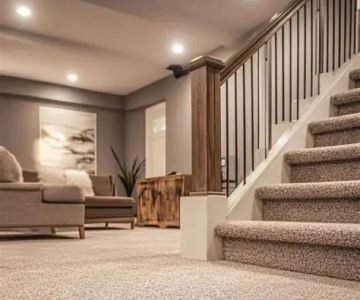

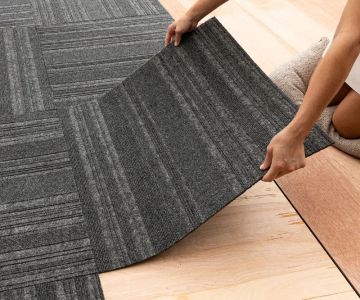
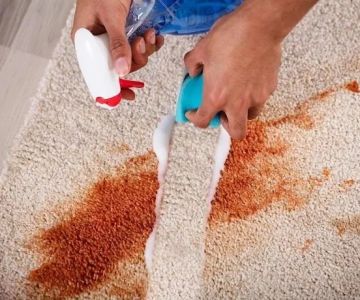

 Baystate Rug and Flooring3.0 (22 reviews)
Baystate Rug and Flooring3.0 (22 reviews) Manhattan Royal Carpet and Floors5.0 (11 reviews)
Manhattan Royal Carpet and Floors5.0 (11 reviews) King Floor Supplies 24.0 (35 reviews)
King Floor Supplies 24.0 (35 reviews) World Market4.0 (481 reviews)
World Market4.0 (481 reviews) The Home Depot4.0 (997 reviews)
The Home Depot4.0 (997 reviews) Kaoud Rugs4.0 (123 reviews)
Kaoud Rugs4.0 (123 reviews)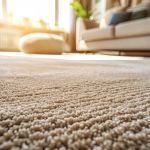 Understanding Carpet Density and Why It Matters
Understanding Carpet Density and Why It Matters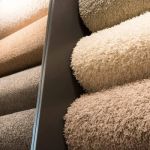 Understanding the Cost Differences Between Carpet Types
Understanding the Cost Differences Between Carpet Types Choosing the Best Carpet for Homes with Pets
Choosing the Best Carpet for Homes with Pets How to Prevent Carpet Damage from Pets and Kids
How to Prevent Carpet Damage from Pets and Kids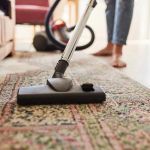 What Are the Benefits of Carpet in a Home with Allergies? | CarpetHub
What Are the Benefits of Carpet in a Home with Allergies? | CarpetHub How to Choose the Right Carpet Padding for Maximum Comfort and Longevity
How to Choose the Right Carpet Padding for Maximum Comfort and Longevity